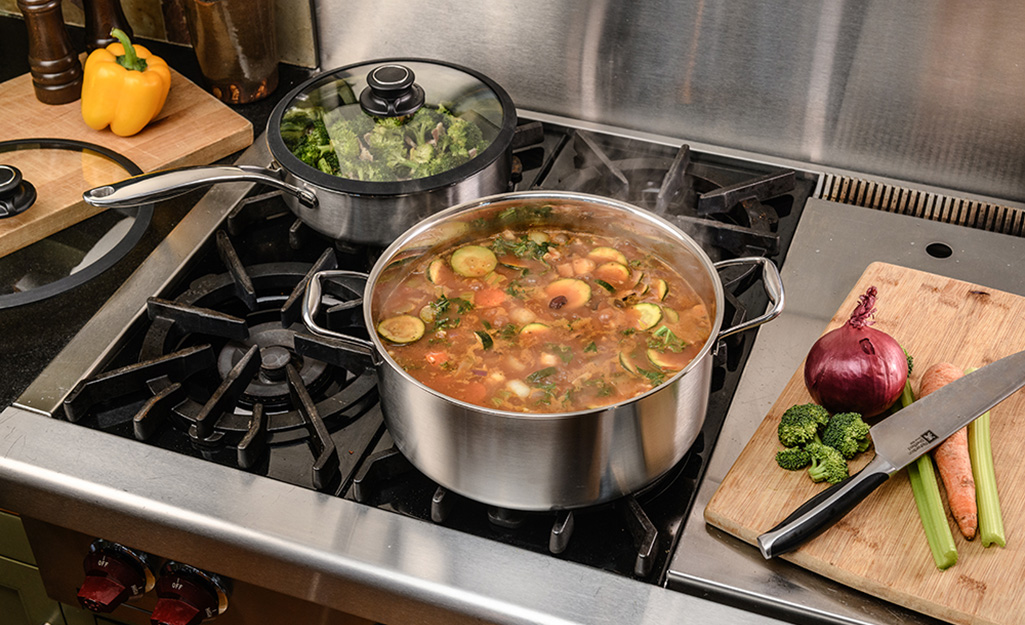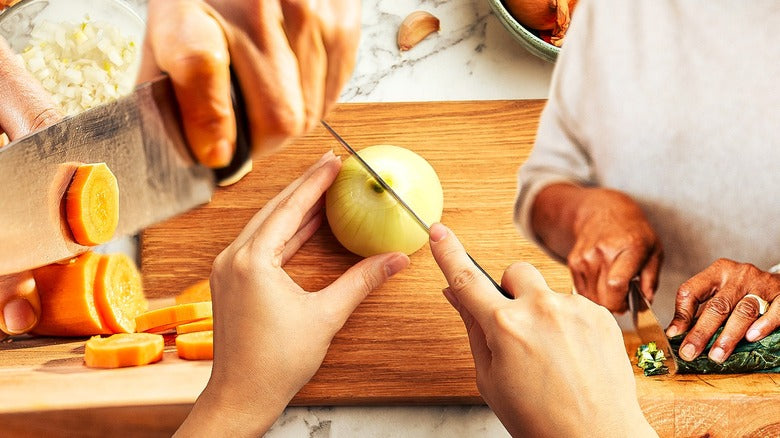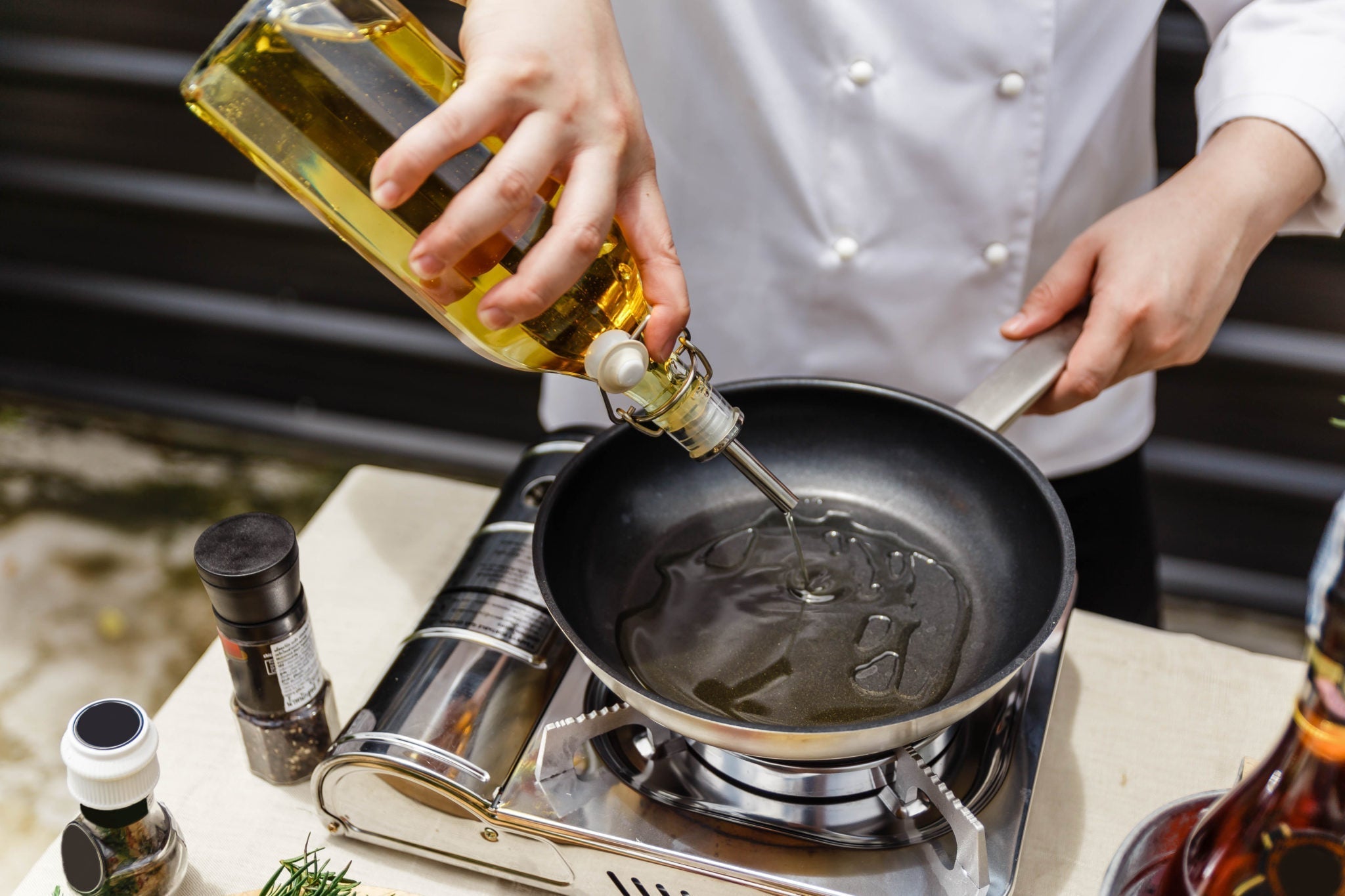For kitchen professionals seeking to elevate their culinary creations, mastering stock preparation is a key skill. Among the various stocks, lobster stock shines for its ability to infuse deep, rich flavors into dishes. This article dives into the intricacies of how to make lobster stock in an instant pot, providing you with practical techniques to achieve outstanding results swiftly.

Understanding Lobster Stock
Lobster stock is a complex broth that forms the foundation for many exquisite seafood dishes. Utilizing the instant pot offers a practical advantage over traditional methods, significantly reducing cooking time while preserving flavors. With the right ingredients and techniques, you can create a robust stock that enhances the taste of your dishes while saving precious time.
Key Ingredients for Lobster Stock
To begin, gather essential ingredients that will contribute to the stock's depth and character. Here's a suggested list:
- Lobster shells: The primary flavor source, ensure they are cleaned and preferably roasted for added richness.
- Vegetables: Classic mirepoix (onions, carrots, and celery) forms the aromatic base.
- Tomato paste: Enhances the color and adds subtle sweetness.
- Herbs and spices: Bay leaves, thyme, peppercorns, and parsley are excellent choices.
- Water: The foundation of your stock, utilizing quality water enhances the final taste.
:max_bytes(150000):strip_icc()/FAW-MadeIn_StarterSet-FredHardy-1043.jpg-d8c9882057594481ae068ff24f1d3864.jpg)
Steps to Prepare Lobster Stock in an Instant Pot
1. Prepare Your Ingredients
Start by collecting all your ingredients. Ensure that the lobster shells are cleaned and roasted to intensify the stock's flavor. Celery, carrots, and onions should be roughly chopped, and herbs measured out. This preparation phase streamlines the cooking process.
2. Saut for Flavor
Set your instant pot to the saut mode. Begin by adding a splash of oil and sauting your mirepoix until it softens. This step unlocks the sweetness in the vegetables, creating a flavorful foundation for your stock.
3. Add Lobster Shells
Add the roasted lobster shells to the pot. Stir them with the sauted vegetables to coat them in the flavored oil, allowing them to release their essence into the broth.
4. Introduce Tomato Paste and Herbs
Add a couple of tablespoons of tomato paste along with the herbs and spices youve prepared. Their infusion will enhance the complexity of the stock.
5. Pour in the Water
Now it's time to add the water. You want to add enough to cover the lobster shells and vegetables. Typically, around 4-6 cups should suffice, but adjust according to your needs. Remember, less water equates to a more concentrated stock.
6. Pressure Cook the Mixture
Secure the lid of your instant pot and set it to pressure cook for about 30 minutes. Once the time is up, allow the pressure to release naturally. This step ensures that all flavors meld beautifully.
7. Strain the Stock
Once cooked, strain the stock through a fine-mesh sieve or cheesecloth to separate the solids from the liquid. Press gently on the solids to extract as much liquid as possible. What you have is a beautifully rich lobster stock!

Storing Your Lobster Stock
After preparing your stock, you'll want to appropriately store it. Here are some options:
- Refrigerate: Store in an airtight container for up to a week.
- Freeze: For longer storage, ladle the stock into ice cube trays for smaller portions or use freezer bags.
Applications for Lobster Stock
The use of your freshly made lobster stock can be exciting. Here are some culinary applications:
- Soups: Use as a base for luxurious bisques or chowders.
- Sauces: Enrich sauces for seafood dishes, enhancing the overall flavor profile.
- Paella: Substitute lobster stock for chicken stock in seafood paella for a decadent twist.

Common Mistakes to Avoid
Even seasoned professionals can make mistakes when making stock. Here are a few to watch out for:
- Overcooking: While the instant pot reduces time, overcooking can lead to bitterness.
- Poor Quality Ingredients: The quality of your lobster shells and vegetables significantly impacts flavor.
- Ignoring Seasoning: Taste as you go, adjusting the seasoning to achieve the perfect balance.
Related Methods
If you're interested in broadening your stock-making repertoire, consider trying these related methods:
FAQs about Lobster Stock
1. Can I use raw lobster for stock?
Yes, raw lobster can be used, but roasted shells yield a more intense flavor.
2. How long does lobster stock last?
When stored properly, it can last up to a week in the refrigerator or several months in the freezer.
3. What can I make with leftover lobster stock?
You can create a variety of dishes, such as seafood risottos, chowders, or savory sauces.
As an Amazon Associate, I earn from qualifying purchases.






Leave a comment
This site is protected by hCaptcha and the hCaptcha Privacy Policy and Terms of Service apply.